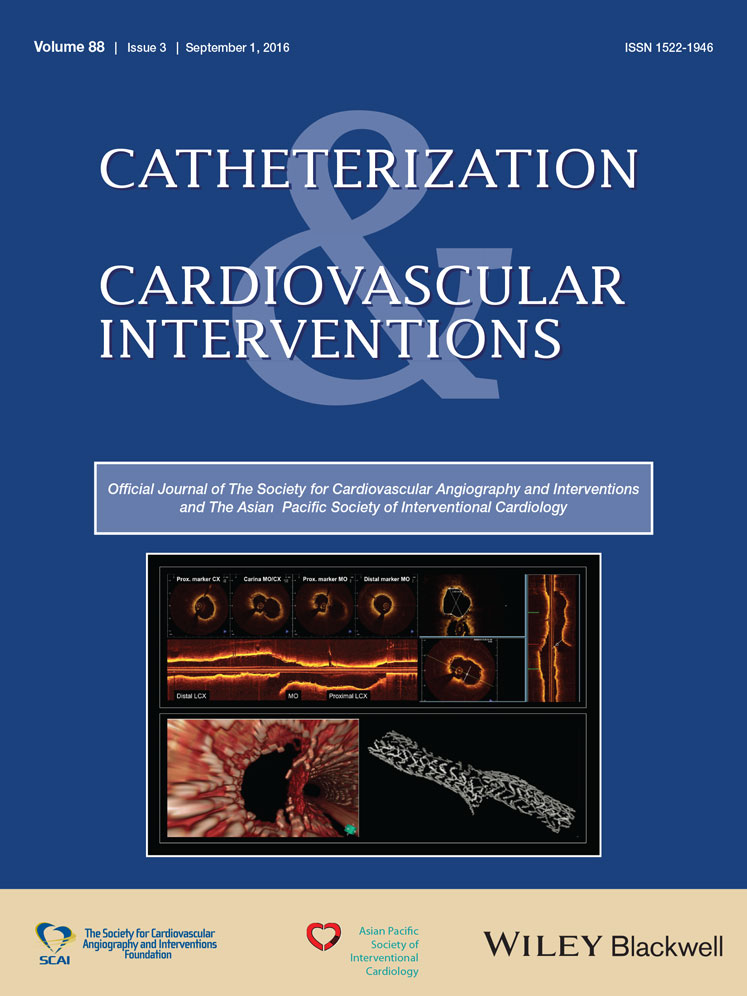Thin strut bare metal stents in patients with atrial fibrillation: Is there still a need for BMS?
Conflict of interest: Nothing to report.
Abstract
Objectives
This observational study assessed the 9-month clinical outcomes in an « all comers » population with a focus on patients with atrial fibrillation (AF) after thin strut bare metal stenting.
Background
Drug eluting stent (DES) implantation is the treatment of choice for coronary artery disease (CAD) leaving only marginal indications for the use of bare metal stents (BMS). However, selected treatment populations with DES contraindications such as patients who cannot sustain 6–12 months of dual antiplatelet therapy (DAPT) remain candidates for BMS implantations.
Methods
Thin strut bare metal stenting in a priori defined subgroups were investigated in a non-randomized, international, multicenter «all comers» observational study. Primary endpoint was the 9-month TLR rate whereas secondary endpoints included the 9-month MACE and procedural success rates.
Results
A total of 783 patients of whom 98 patients had AF underwent BMS implantation. Patient age was 70.4 ± 12.8 years. Cardiovascular risk factors in the overall population were male gender (78.2%, 612/783), diabetes (25.2%, 197/783), hypertension (64.1%, 502/783), cardiogenic shock (4.9%, 38/783) and end stage renal disease (4.9%, 38/783). In-hospital MACE was 4.1% (30/783) in the overall population. The 9-month TLR rate was 4.5% (29/645) in the non-AF group and 3.3% (3/90) in the AF group (P = 0.613). At 9 months, the MACE rate in the AF-group and non-AF group was not significantly different either (10.7%, 69/645 vs. 6.7%, 6/90; P = 0.237). Accumulated stroke rates were 0.3% (2/645) in the non-AF subgroup at baseline and 1.1% (1/90) in the AF subgroup (P = 0.264).
Conclusion
Bare metal stenting in AF patients delivered acceptably low TLR and MACE rates while having the benefit of a significantly shorter DAPT duration in a DES dominated clinical practice. © 2015 Wiley Periodicals, Inc.




